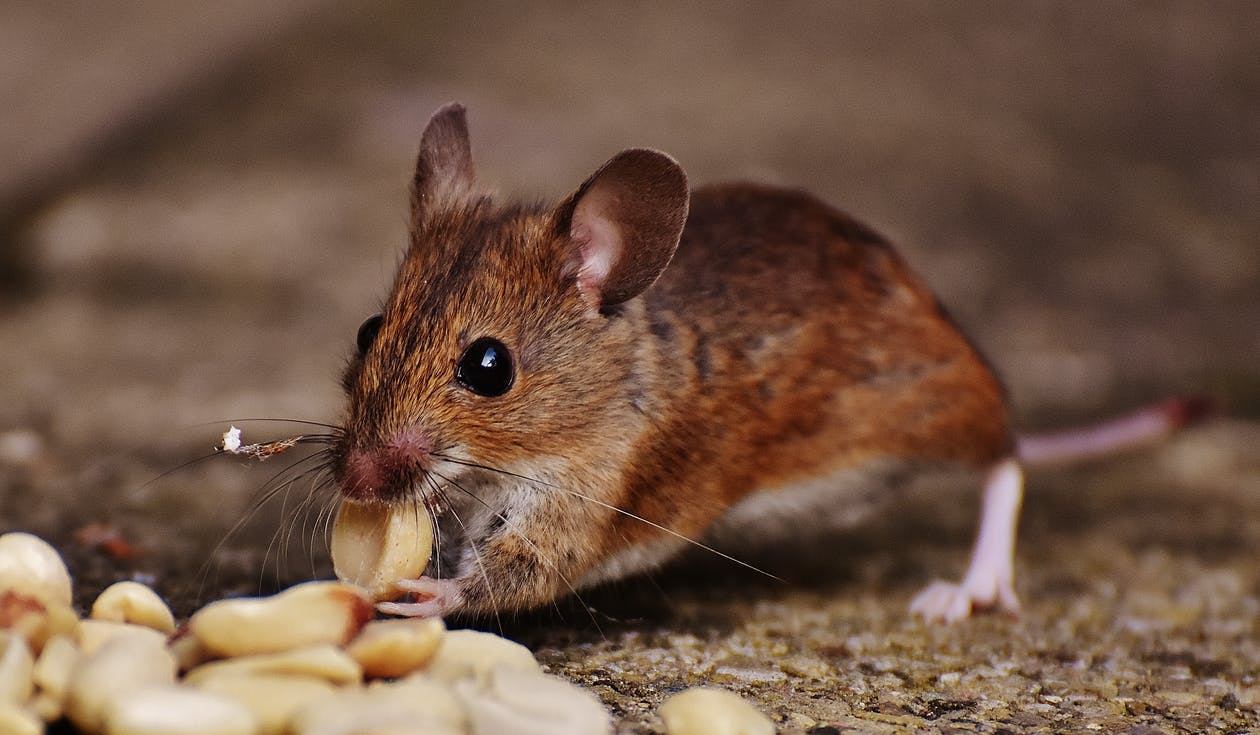This topic takes on average 75 minutes to read.
There are a number of interactive features in this resource:
 Chemistry
Chemistry
 Biology
Biology
Why does your skin wrinkle as you get older? If you have osteogenesis imperfecta, why do your bones break so easily? Why do albino rabbits have pink eyes? The answer to all of these questions, at the most basic level, is chemistry! Biology is the study of living things. The key to understanding biology is to understand the fundamental chemistry which underpins all life.
In young skin collagen molecules form elastic triple helices which stretch as the skin moves. With age, the molecular structure changes to become more rigid, brittle and more likely to tear. When collagen combines with bone it gives it tensile strength, like reinforced concrete. In osteogenesis imperfecta, the collagen and bone don’t combine so the bone is brittle and breaks easily. And an albino rabbit lacks one single molecule called melanin.
The chemistry of life begins with the basic principles of bond formation and bond breaking, and the nature of the different compounds formed. Life revolves around the balancing act between the energy released as bonds are broken and the energy taken in as bonds are formed.
Life on earth depends on the nature of the carbon atom and the nature of water. Water is fundamental to life and understanding the properties of water helps to make sense of many other areas of biology.
Whilst many small molecules and ions play vital roles in cells and organisms, macromolecules are also key. An understanding of the chemistry of compounds including carbohydrates, proteins, lipids, ATP, DNA and RNA gives you the tools you need to make sense of everything from cell biology to ecology.

Photos by Anthony Short unless credited otherwise.
Animations and diagrams by Edward Fullick throughout.